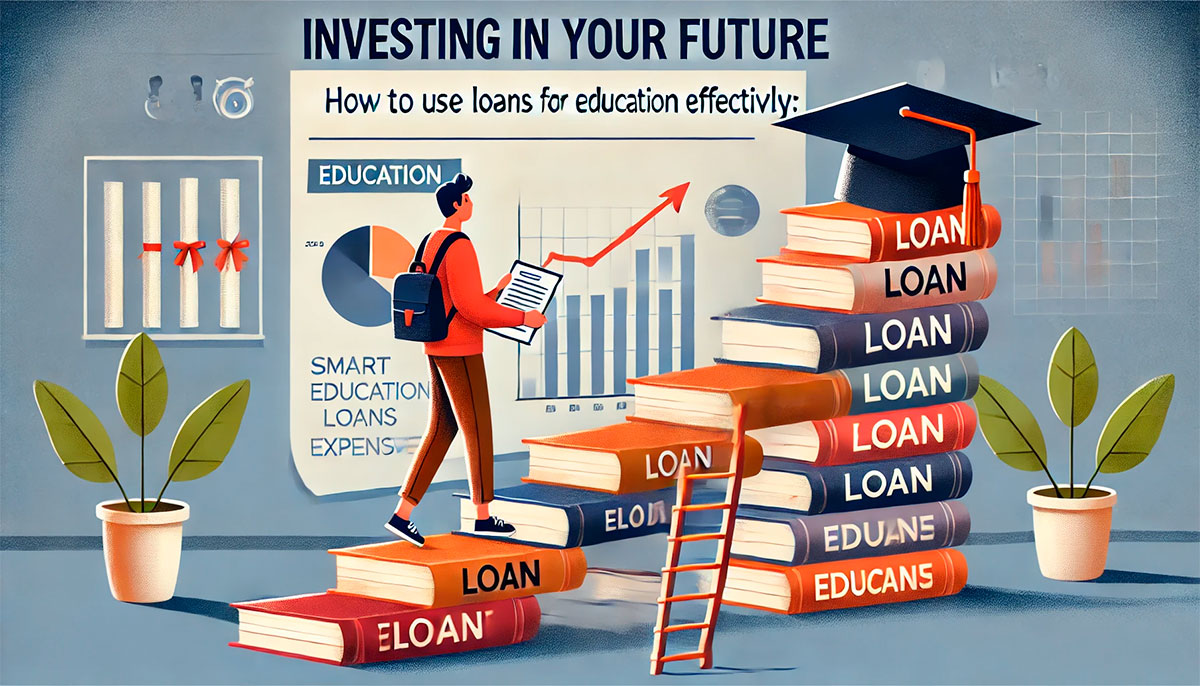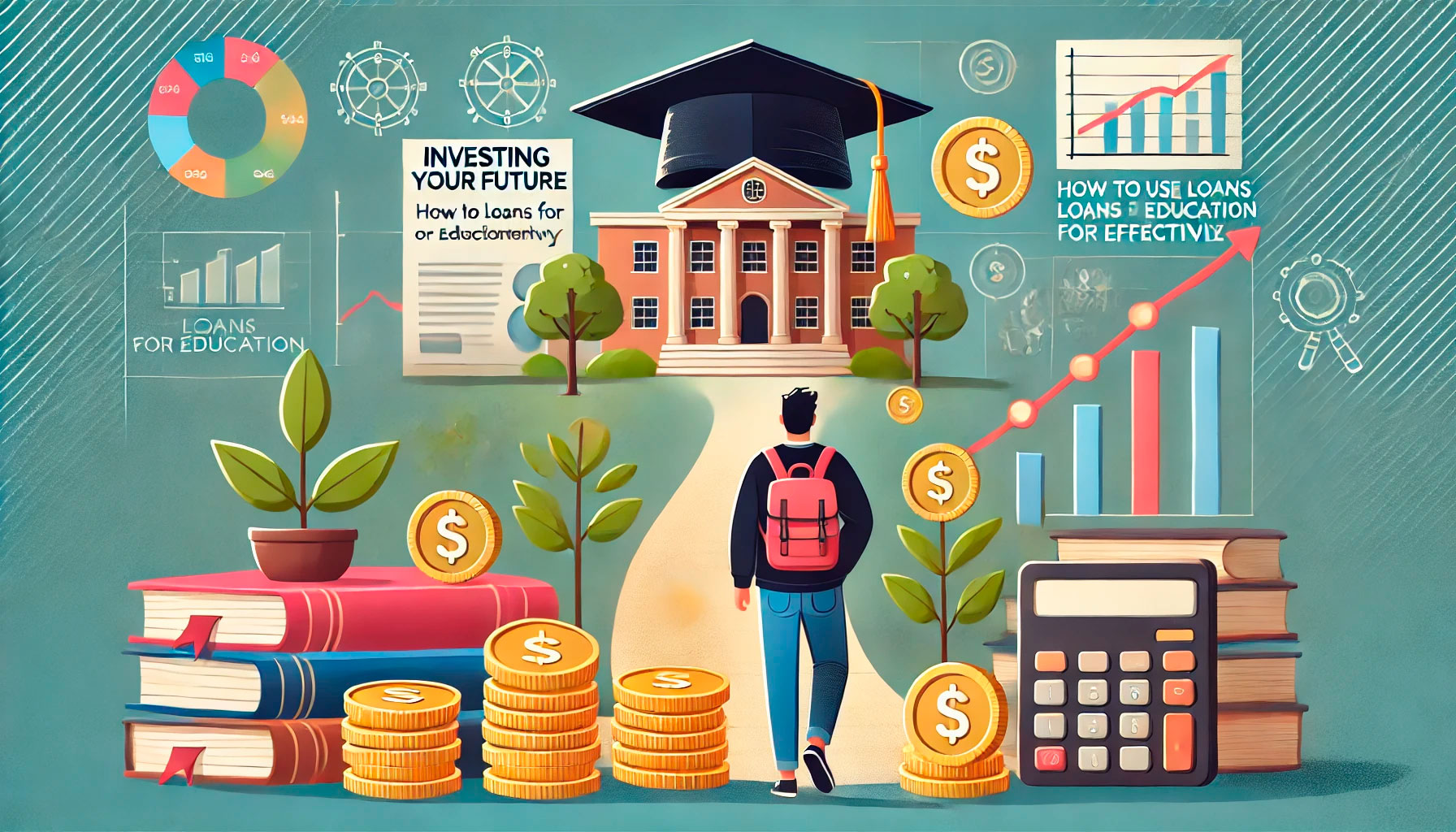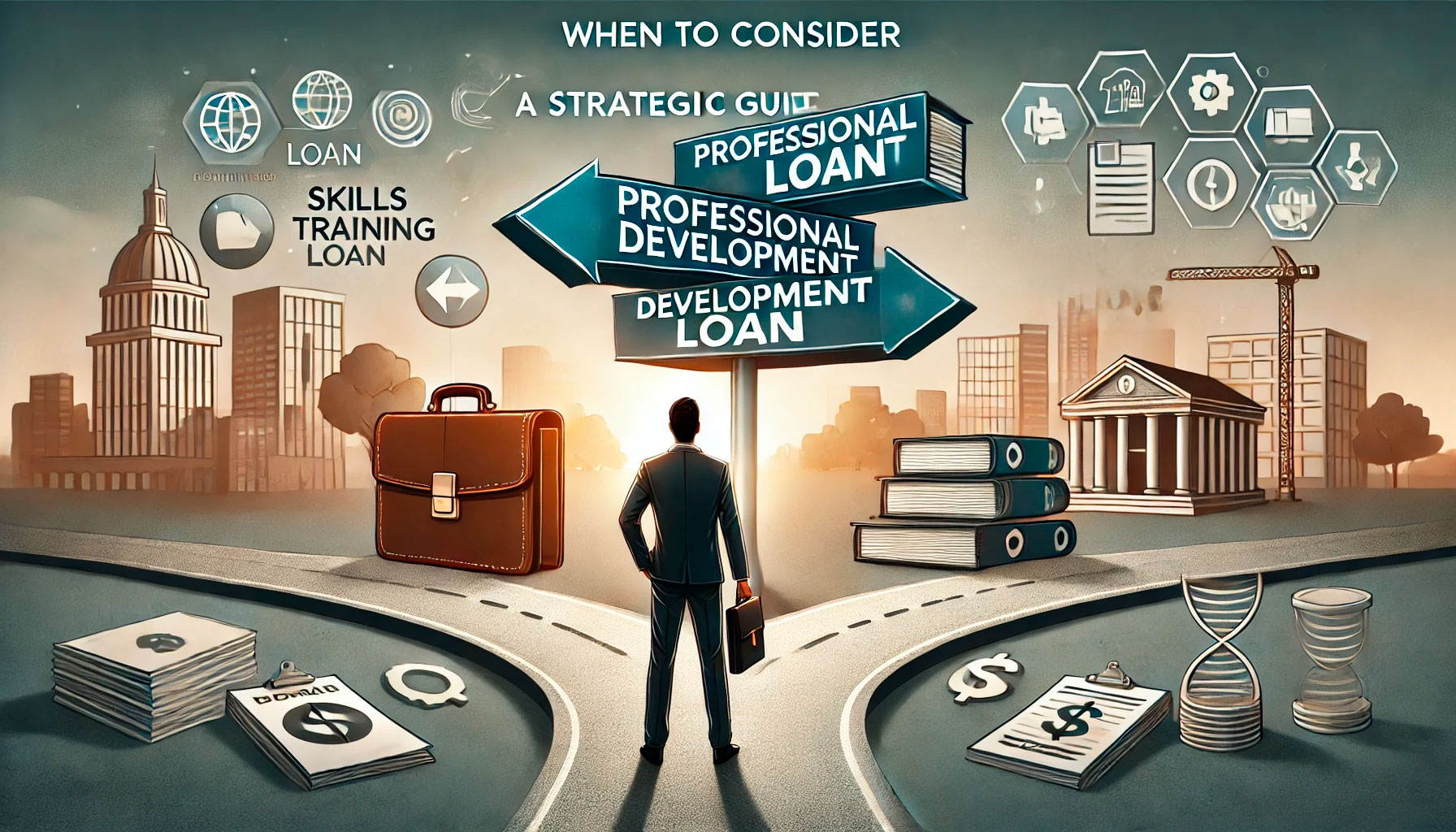Investing in education is one of the most powerful ways to improve your earning potential, expand career opportunities, and enhance personal development. However, the cost of education can be prohibitive, especially for higher education or specialized programs. For many, taking out a loan is the most practical solution. But how can you ensure that using a loan to invest in education is the right decision? In this guide, we’ll explore the key considerations, benefits, and strategies for using a loan to finance your education effectively.
1. Understanding Educational Loans
Before jumping into the process of applying for an educational loan, it’s important to understand the different types of loans available. Educational loans typically fall into two categories: federal and private.
Federal Student Loans
Federal student loans are often the best option for students due to their relatively low interest rates, flexible repayment options, and government-backed protections. These loans usually don’t require a credit check, making them accessible for many students. They also offer benefits like income-driven repayment plans and loan forgiveness programs for certain professions or public service work.
Private Student Loans
Private loans are provided by banks, credit unions, or other financial institutions. While they may offer higher loan amounts than federal loans, they typically come with stricter credit requirements and higher interest rates. Private loans are ideal for those who need additional funding beyond what federal loans provide, but they require careful consideration of repayment terms and interest rates.
2. Evaluating the Return on Investment (ROI)
Before committing to an educational loan, it’s essential to consider the return on investment (ROI). This involves evaluating the long-term benefits of the education you’re pursuing against the cost of the loan. Will your degree or program significantly improve your career prospects or increase your earning potential? Is the institution reputable, and are graduates from your chosen program finding well-paying jobs?
While education is undoubtedly valuable, not all degrees lead to the same financial returns. Degrees in high-demand fields like healthcare, engineering, or technology may offer quicker and higher returns compared to others. Always research employment trends and salary expectations in your chosen field before borrowing.
How to Calculate ROI
To calculate the ROI of your education loan, consider the following factors:
- The total cost of the program, including tuition, fees, books, and living expenses.
- Your expected salary after graduation.
- Average salary growth in your industry.
- The loan’s interest rate and repayment period.
If your projected salary allows you to comfortably repay the loan within a reasonable time frame and leaves room for savings or other expenses, the investment is likely worthwhile. If the projected salary is too low, you may need to reconsider the program or find alternative funding options.

3. Choosing the Right Loan Amount
It’s tempting to borrow the maximum amount offered by a lender, but doing so can lead to unnecessary debt. Carefully calculate how much you actually need for tuition, fees, and essential living expenses. By keeping your loan amount as low as possible, you reduce the financial burden after graduation.
While federal loans typically have caps on borrowing amounts, private loans may offer more flexibility. However, this flexibility can be risky if you don’t plan your finances carefully. Borrow only what you absolutely need, and consider ways to reduce costs, such as working part-time, applying for scholarships, or choosing more affordable living arrangements.
4. Creating a Repayment Plan
Once you’ve taken out a loan, it’s crucial to develop a realistic repayment plan. Having a clear strategy in place will help you manage your finances more effectively after graduation and avoid defaulting on your loans.
Grace Periods and Deferred Repayments
Most federal loans offer a grace period, typically six months, after graduation before repayments begin. Use this time to assess your financial situation and find stable employment. For private loans, the grace period may vary or may not be offered at all, so it’s important to check your loan agreement.
Income-Driven Repayment Plans
If you’re concerned about managing loan payments on a fixed income, federal loans offer income-driven repayment plans. These plans base your monthly payment on a percentage of your discretionary income, making it easier to stay on top of payments, especially during the early stages of your career. Some private lenders may also offer flexible repayment options, but they tend to be less accommodating than federal loans.
Consider overpaying your loan if possible to reduce the principal and save on interest in the long run. Even paying a little extra each month can have a significant impact over time.
5. Leveraging Loan Benefits and Protections
When you take out federal student loans, you gain access to several protections and benefits designed to ease the burden of repayment. For example, federal loans offer deferment and forbearance options if you experience financial hardship. Deferment allows you to temporarily pause payments without accruing interest on subsidized loans, while forbearance lets you pause payments, though interest continues to accrue.
Another valuable benefit is Public Service Loan Forgiveness (PSLF), which forgives the remaining balance of your loan after you’ve made 120 qualifying payments while working in a public service job. This is a critical consideration for students pursuing careers in government, non-profit organizations, or healthcare fields.
6. Exploring Alternative Funding Options
While loans are a popular way to finance education, they aren’t the only option. Consider combining your loan with other forms of funding to minimize debt. Many scholarships, grants, and work-study programs can reduce the amount you need to borrow.
Scholarships and Grants: Scholarships and grants are ideal because they don’t need to be repaid. Research opportunities offered by your school, local organizations, or national programs.
Work-Study Programs: Federal work-study programs allow you to earn money while attending school, helping to offset living expenses without taking on additional debt. These programs are often flexible, allowing you to balance work and study effectively.
Conclusion: A Strategic Approach to Educational Loans
Using a loan to invest in your education can be a smart financial decision, but it requires careful planning and a clear understanding of your financial future. Start by evaluating the ROI of your education, choose the right loan amount, and develop a solid repayment plan. Leverage the benefits and protections offered by federal loans, and don’t forget to explore alternative funding options like scholarships and work-study programs.
By taking a strategic approach, you can minimize debt while maximizing the value of your education, positioning yourself for a bright and financially stable future.




